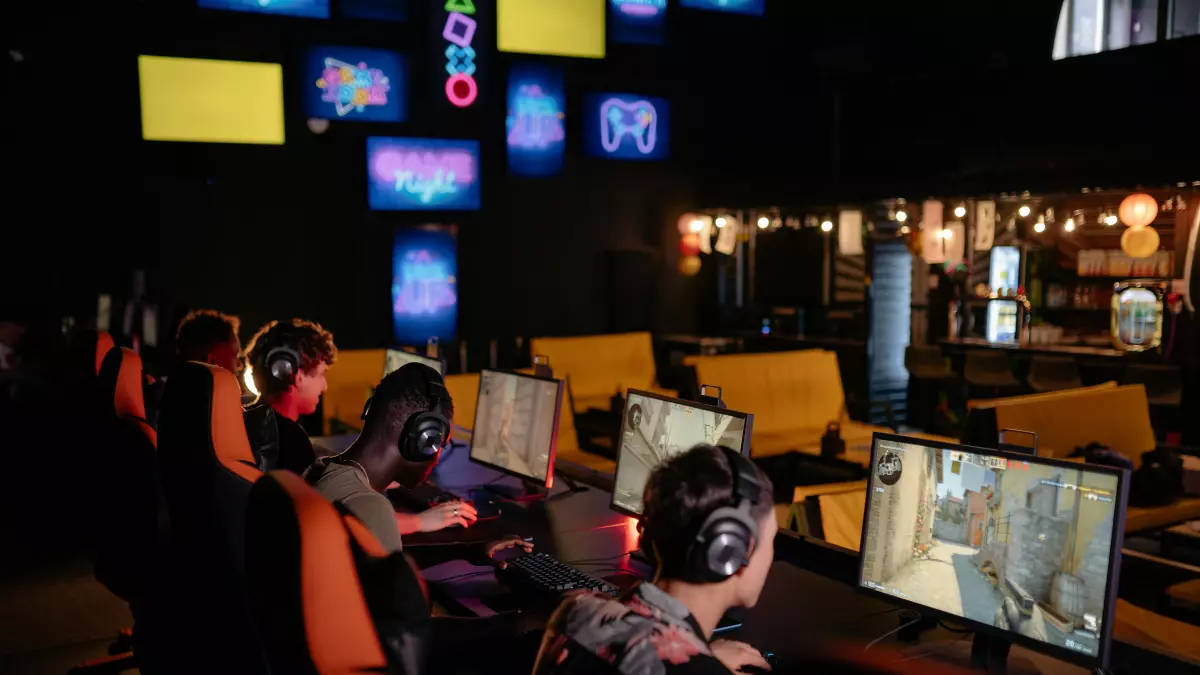Mesh Networks in Multiplayer
"The network is the computer." – John Gage, Sun Microsystems

By Elena Petrova
Imagine playing your favorite multiplayer game, but instead of relying on a single server or a centralized network, every player’s device becomes part of the infrastructure. Welcome to the world of mesh networks, where your gaming experience is about to get a serious upgrade.
Mesh networks have been around for a while in the tech world, but their application in gaming is still relatively new. And yet, they’re already making waves. Why? Because they offer a solution to one of the most frustrating aspects of online gaming: lag. If you’ve ever rage-quit a game because of a lag spike, you know exactly what I’m talking about.
So, what exactly is a mesh network? In simple terms, it’s a decentralized network where each device (or node) connects directly to other devices, creating a web-like structure. Unlike traditional networks that rely on a central hub, mesh networks spread the load across multiple nodes, making them more resilient and efficient.
Why Mesh Networks Matter for Gaming
Here’s the thing: traditional multiplayer games rely on centralized servers. All data has to travel from your device to the server and back, which can cause delays, especially if the server is far away or overloaded. This is where mesh networks come in. By allowing devices to communicate directly with each other, they can reduce the distance data has to travel, which means lower latency and a smoother gaming experience.
But that’s not all. Mesh networks are also self-healing. If one node goes down, the network automatically reroutes data through other nodes. This makes them incredibly reliable, which is crucial for competitive gaming where even a split-second delay can mean the difference between victory and defeat.
How Mesh Networks Improve Multiplayer Gaming
Let’s break it down:
- Reduced Latency: Since data doesn’t have to travel to a central server, mesh networks can significantly reduce latency, giving you a faster, more responsive gaming experience.
- Increased Reliability: The self-healing nature of mesh networks means that even if one player’s connection drops, the game can continue without interruption.
- Better Scalability: As more players join the network, it actually becomes stronger. Each new player adds another node, improving the overall performance of the network.
- Local Multiplayer: Mesh networks are perfect for local multiplayer games, where players are in close proximity. Instead of relying on an external server, players can connect directly to each other, reducing lag to virtually zero.
Challenges of Mesh Networks in Gaming
Of course, mesh networks aren’t without their challenges. For one, they require a certain level of technical expertise to set up, especially for larger networks. Additionally, while mesh networks are great for local multiplayer, they can struggle with long-distance connections. If you’re playing with someone on the other side of the world, you’ll still experience some latency, although it’s usually less than with traditional networks.
Another challenge is bandwidth. Since each node in a mesh network has to handle both its own data and the data of other nodes, it can quickly become overwhelmed if too many players are connected. This is why mesh networks are often used in combination with traditional networks, creating a hybrid system that offers the best of both worlds.
The Future of Mesh Networks in Gaming
So, what does the future hold for mesh networks in gaming? Well, as internet speeds continue to improve and more devices become capable of supporting mesh networks, we can expect to see them used more and more in multiplayer games. In fact, some game developers are already experimenting with mesh networks to create more immersive and responsive multiplayer experiences.
Imagine a future where you can play a massive multiplayer game without ever worrying about lag or server crashes. Where every player’s device is part of the network, creating a seamless and reliable gaming experience. That’s the promise of mesh networks, and it’s closer than you think.
In the end, mesh networks may not completely replace traditional gaming networks, but they’re certainly going to play a big role in the future of multiplayer gaming. And who knows? The next time you’re fragging your friends in a heated match, you might just be doing it on a mesh network.
So, next time you’re cursing your laggy connection, remember: the future of gaming might just be a mesh away.





